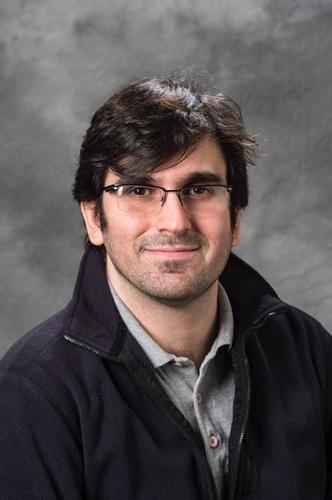
Speaker:
Eduardo da Silva Neto (Yale)
Host:
Ar. Abanov
Location:
Address:
Mitchell Institute for Fundamental Physics & Astronomy
College Station, Texas 77843
In strongly correlated systems the strength of Coulomb interactions between electrons, relative to their kinetic energy, plays a central role in determining their emergent quantum many-body phases. In one manifestation of these correlations the electrons self-organize into periodic patterns known as charge density waves (CDW) or charge order. However, the exact form of the effective Coulomb interaction between electrons and how it can lead to other phases is still difficult to probe directly.
I will discuss our recent experiments for two cases of CDWs emerging from strong correlations.
(1) In Bi2Sr2CaCu2O8+δ, a prototypical cuprate superconductor, we used resonant x-ray scattering to probe electronic correlations within the CuO2 plane. We discovered a dynamic quasi-circular pattern in the x-y scattering plane with a radius that matches the wave vector magnitude of the well-known static charge order [1]. This quasi-circular spectrum is likely a fingerprint of the interactions composed of (screened) short- and long-range Coulomb interactions, resulting in an effective non-monotonic potential (see figure).
(2) Despite several phenomenological parallels between the cuprates and Fe-based superconductors, a similar CDW phenomenon has not been established in the latter. We used scanning tunneling microscopy and spectroscopy to detect the presence of a short-range periodic electronic CDW pattern that breaks both translational and rotational symmetry in Fe(Se,S) [2]. Combining those results with angle-resolved photoemission experiments and theoretical calculations, we conclude that this CDW likely originates from orbital-selective strong electron correlations.
[1] F. Boschini, et al. Nature Communications 12, 597 (2021).
https://doi.org/10.1038/s41467-020-20824-7
[2] M. Walker, T. J. Boyle, et al. 2022 *under peer review.
Copyright © 2024. All rights reserved, Texas A&M University Trademark | Texas A&M University, College Station, Texas 77843